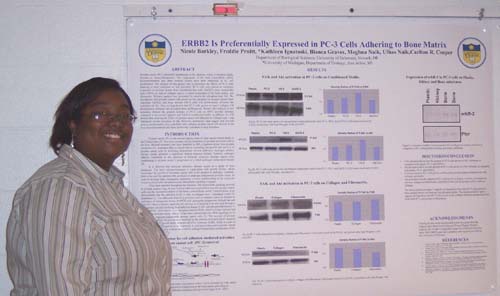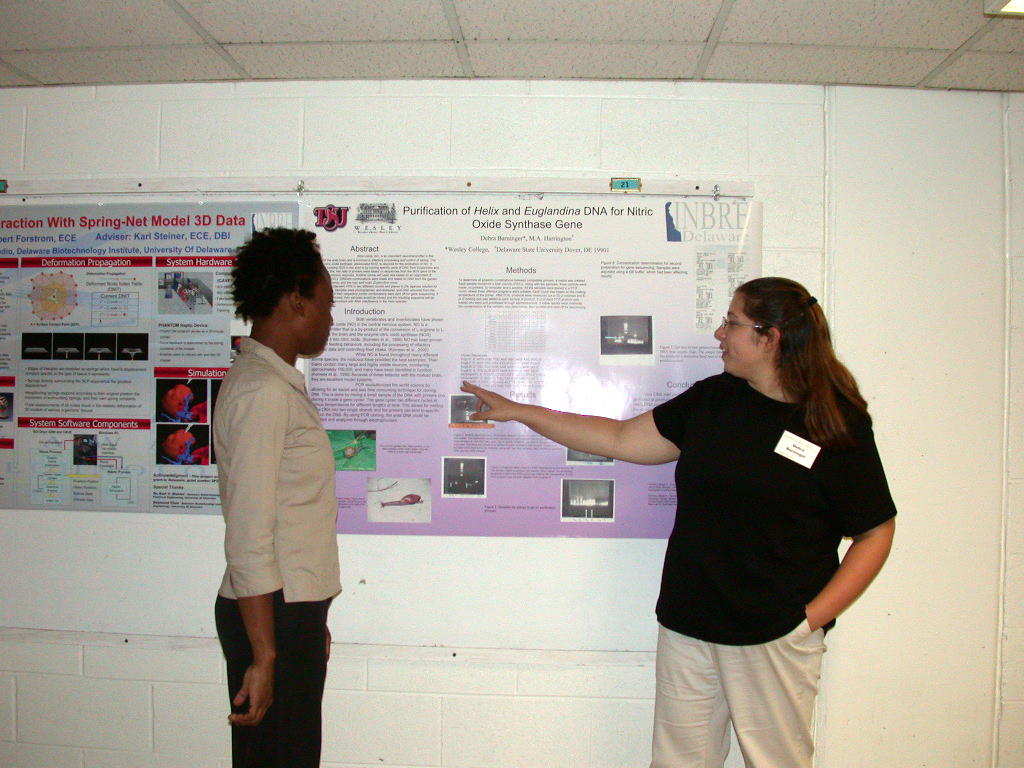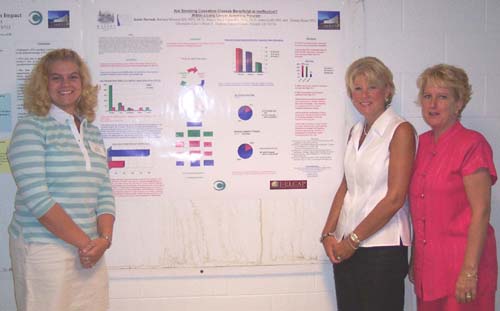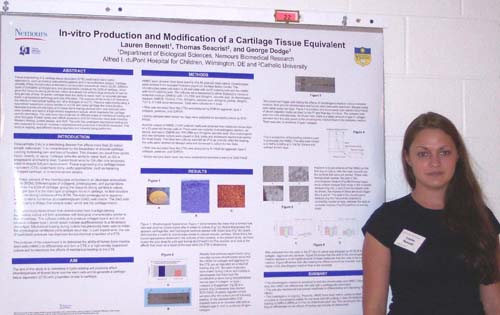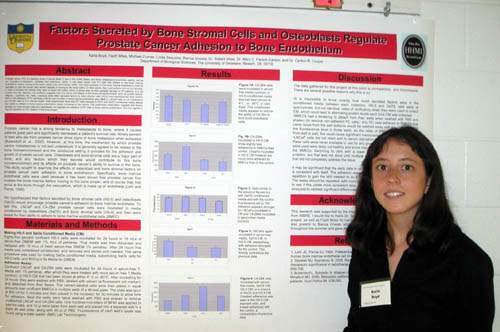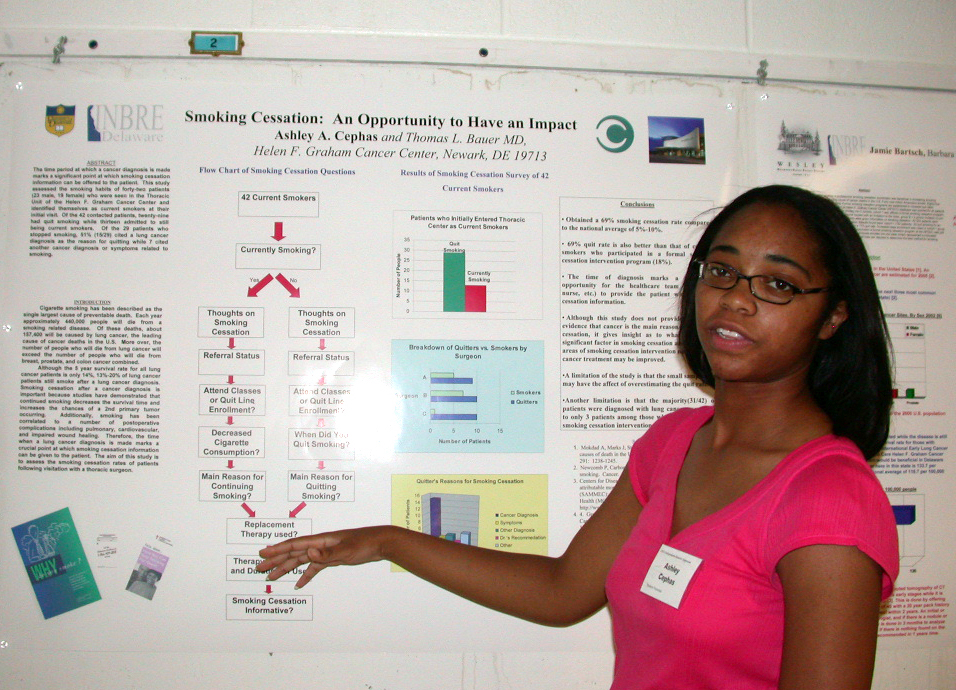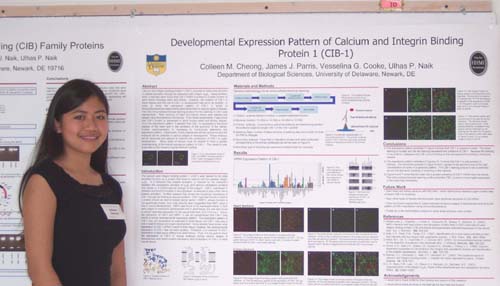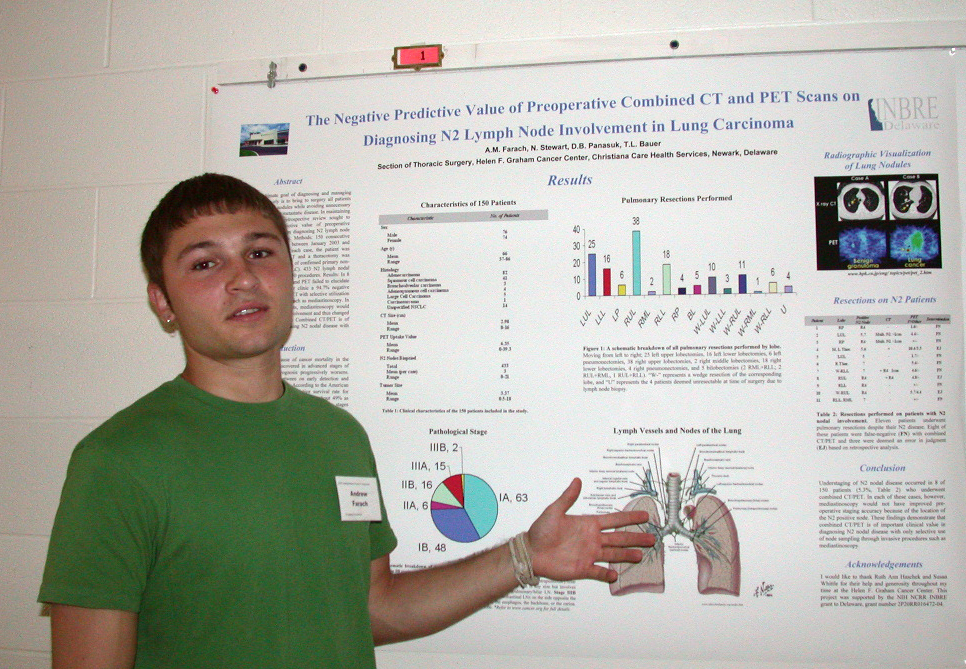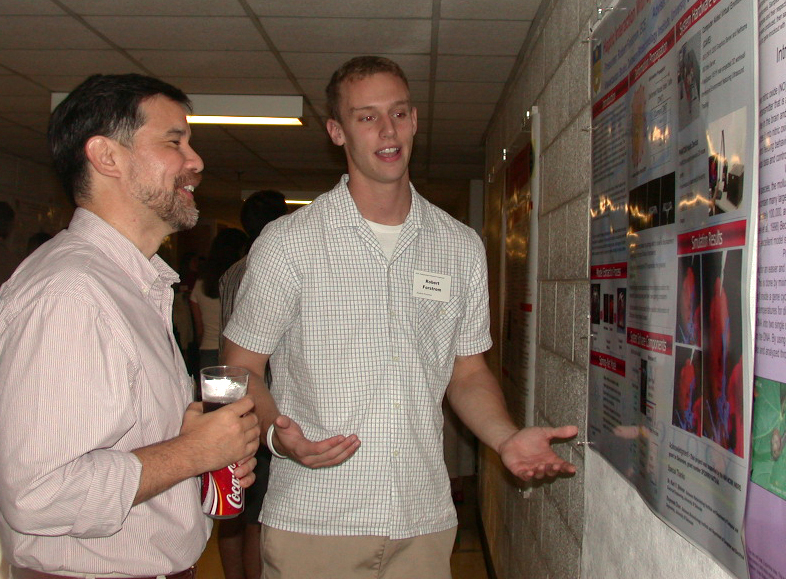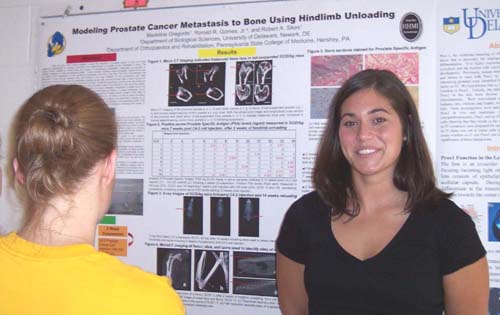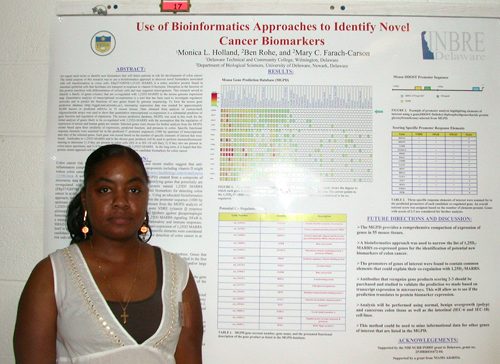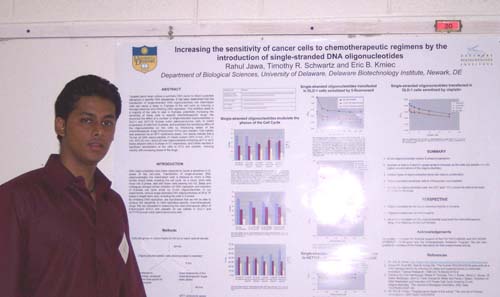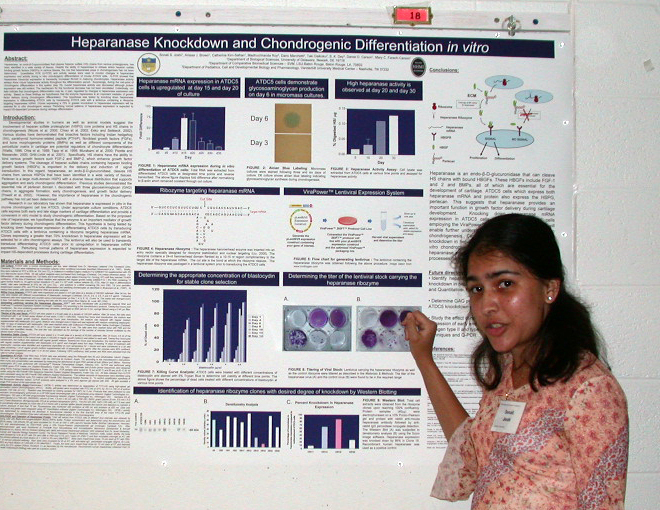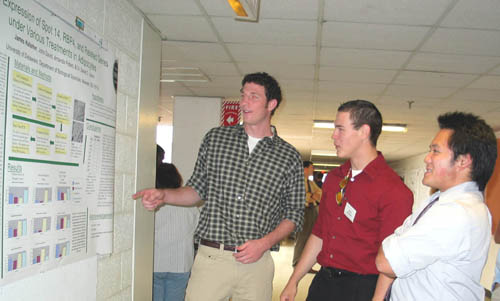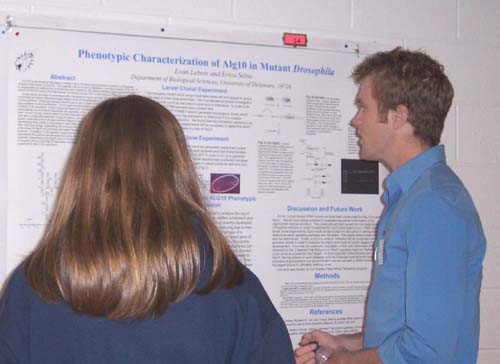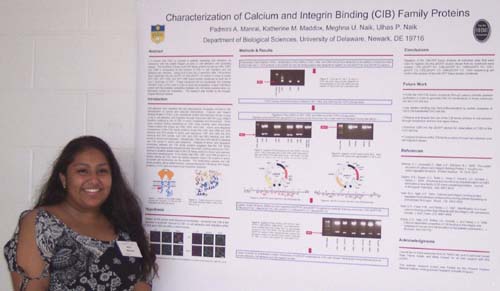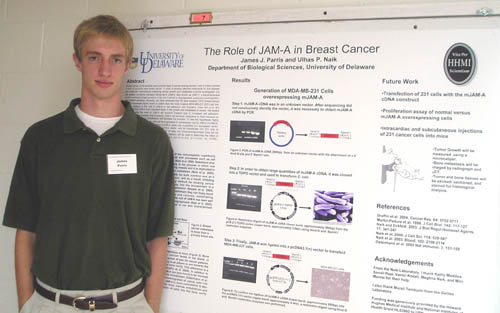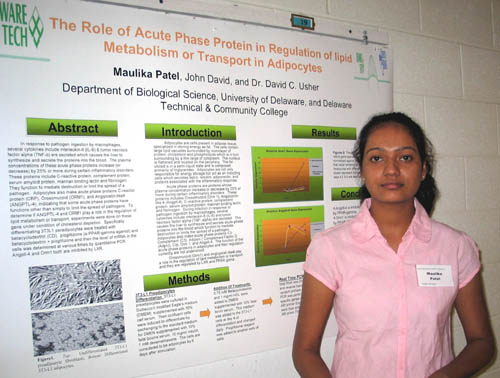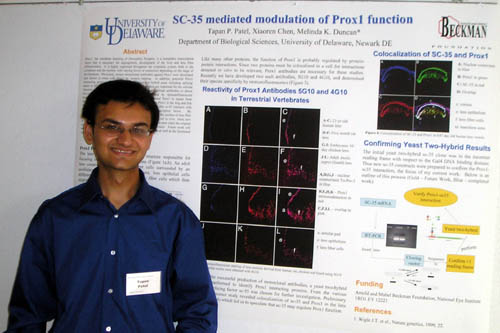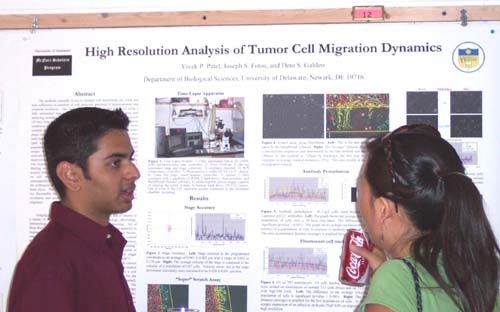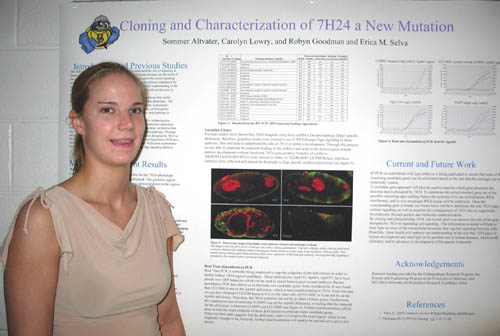
Cloning and Characterization of 7H24, a new mutation in Drosophila melanogaster Sommer Altvater, Carolyn Lowry, and Erica Selva Department of Biological Sciences The focus of this laboratory is to investigate the extracellular interactions that influence signaling pathways between cells using Drosophila as a model. Cell signaling is essential for correct development of all organisms. the study of development in Drosophila can help us understand the role of signaling in human development and human diseases because, many human diseases are the result of incorrect signaling, including cancer. The goal of my project is the cloning and characterization of 7H24, a homozygous recessive pupil lethal mutation that yields a lawn of denticles embryonic phenotypewhen the maternal contribution if removed. Based upon this phenotype, we believe that this mutation is involved in the Wingless (Wg) and Hedgehog (Hh) pathways. Through deficiency mapping we have narrowed down the region of the gene disrupted by 7H24 to the area between 62D2 and 63E5. RtPCR and quantitative PCR have been used to try to further map the 7H24 mutation. Preliminary adult 7H24 clone experiments showed that 7H24 has a direct effect on the TGFB of the Dpp signaling pathway. Therefore, I am in the process of staining imaginal discs with anti-phosphoMAD antibody in order to further characterize this mutation during wing development. I am also in the process of generating germline clone embryos for staining in order to see if the Dpp specific markers are affected in these embryos because we see a Dpp phenotype in the wing discs. Funded by the Science and Engineering Scholars Program. |

